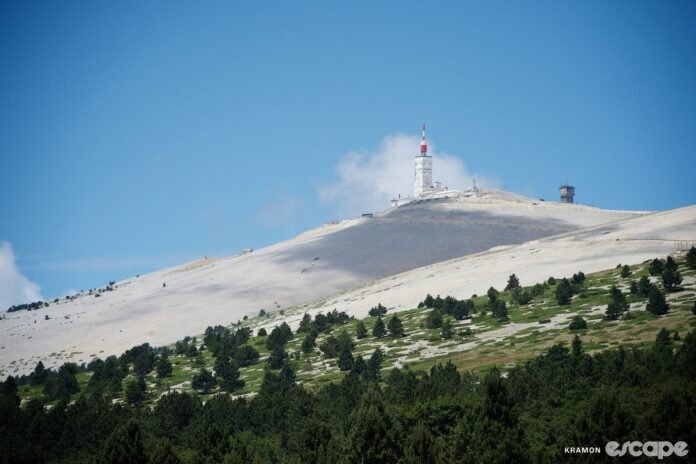
The Tour returns to the iconic slopes for its 19th stage featuring the Giant of Provence.
Kristof Ramon, Cor Vos
Since its first appearance in the Tour de France in 1951, Mont Ventoux has featured in the race on just 18 occasions – far fewer than the Tourmalet (87) or Alpe d’Huez (31). And yet, even with that comparatively infrequent usage, Ventoux has achieved equally mythical status among fans. The Giant of Provence – much as it does in its geographical location– stands alone as a climb that excites fans ahead of the 2025 edition.
Even if the climb has only been used 18 times up until this point, it has been home to some of the most famous battles of the Tour de France. Looking back over the past editions begs the question: How will the athletes in this year’s race stack up against history? Buckle up and find out.
Some trend analysis from the summit finishes
Unlike Alpe d’Huez, which ultimately has to act as a summit finish*, Ventoux can be summited and descended. This took place on the double ascent of the mountain in 2021; in total, the mountain has been summited on the way to the finish eight times. That leaves 10 other occasions where the stage has finished atop the climb.
*(Stage 18 of the 2013 edition climbed Alpe d’Huez twice, with the first ascent peeling off 41 vertical metres from the regular summit, heading to the Col du Sarenne. However, the full climb terminates in the ski resort, which is possible only for summit finishes.)
The position of Ventoux as a summit finish in the Tour route has varied over the years. It has been featured as early as stage 11 in the 1971 Tour and as late as stage 20 in 2009. However, regardless of its placement within the Tour, there is a very clear trend.

In the road stages that have concluded with a Ventoux summit finish, the rider in yellow at the end of the day has always gone on to win the overall. And the only times the yellow jersey has swapped shoulders at the top of Ventoux was as a result of a TT on its slopes. In the 1987 Tour, Ventoux was the finish for a 36.5 km individual time trial on stage 18. Frenchman Jean-François Bernard would win the stage and move into the maillot jaune for just a single day before Stephen Roche would take it away from him the following day, battling with Pedro Delgado before ultimately sealing the overall on stage 24 (the 1987 edition had 25 stages.)

And 29 years earlier, in 1958, a 21.6 km TT up the climb would play a role in shaping the race, with the eventual winner of that edition, Charly Gaul, claiming the stage win, even if that wasn’t enough to take yellow off the hands of Raphaël Géminiani on the day.
Did we do a good job with this story?







